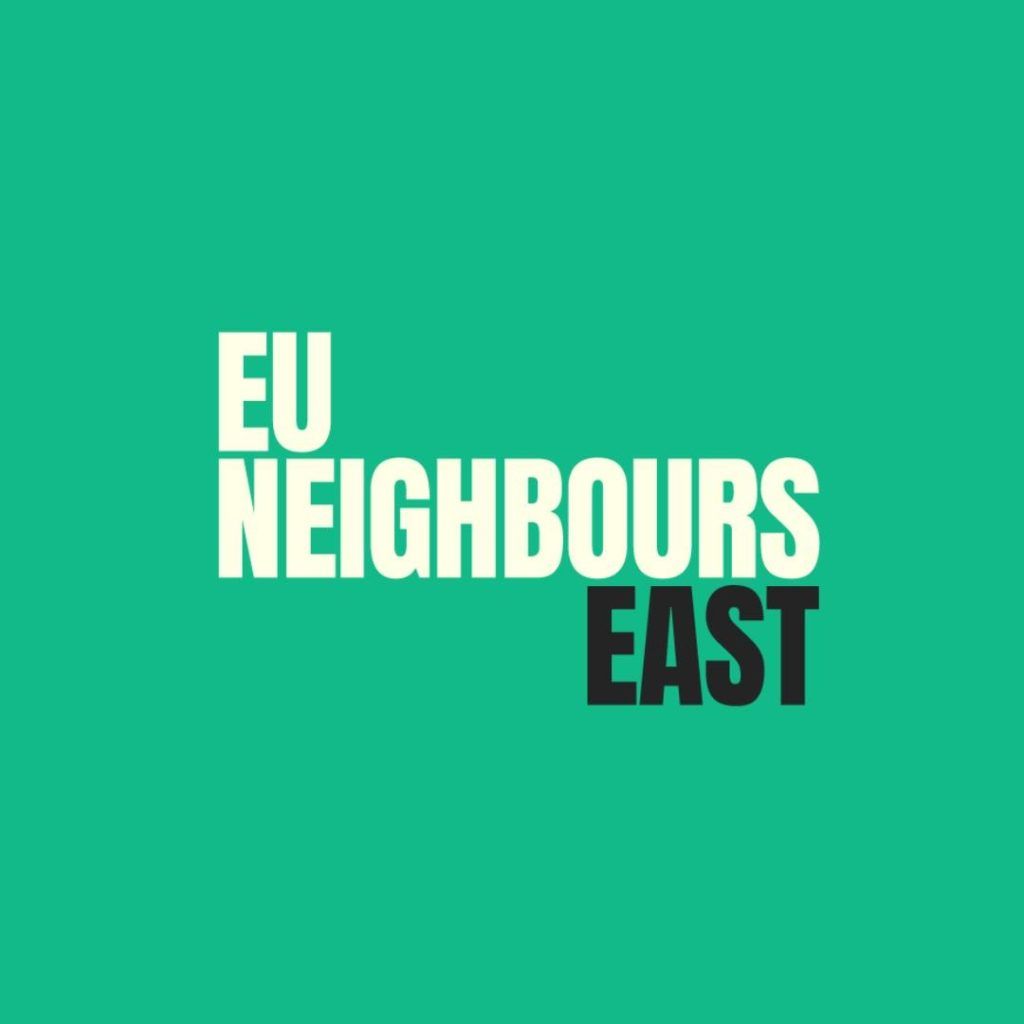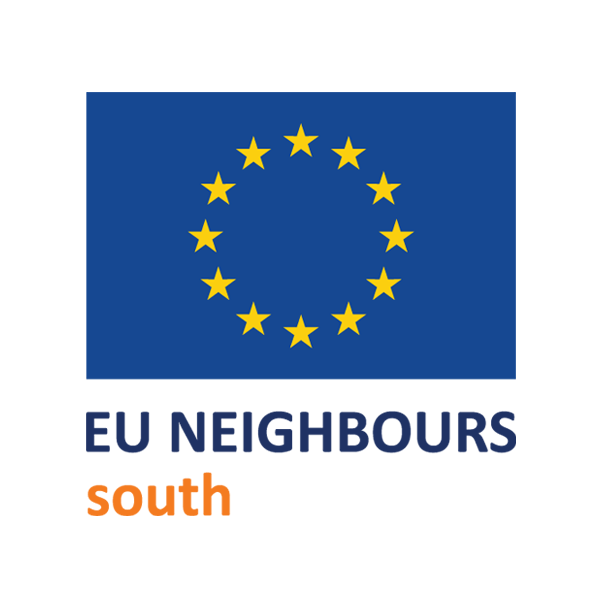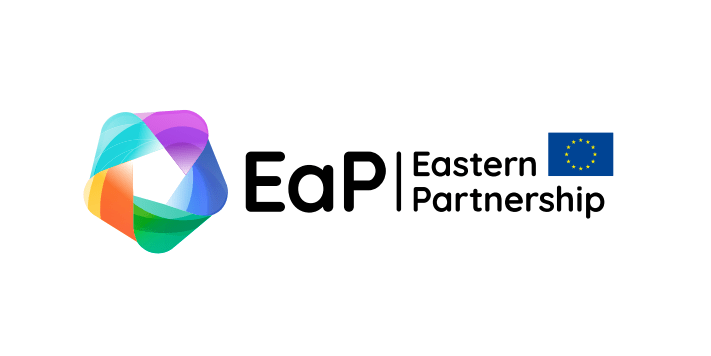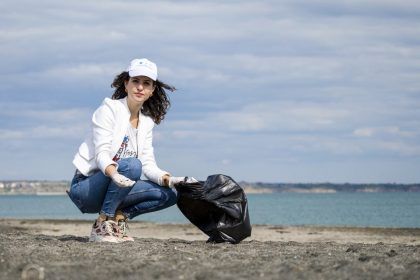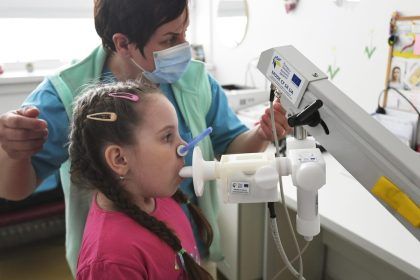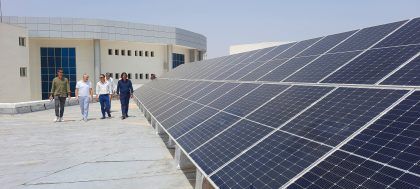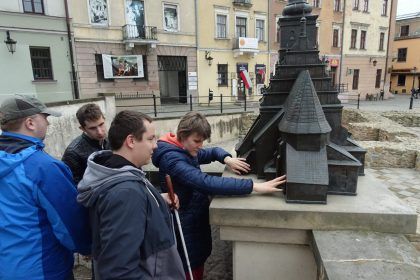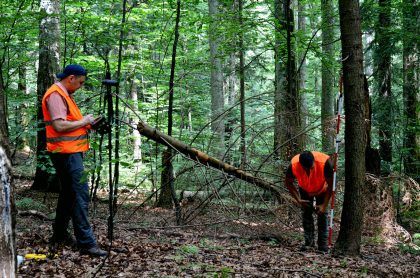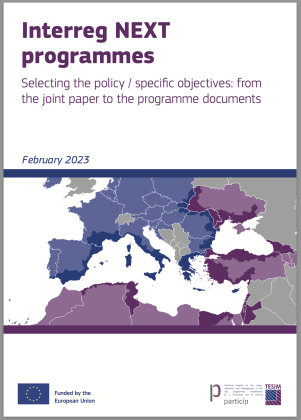Neighbourhood external cooperation programmes

Borders may be obstacles, but also opportunities. Borders may separate, but they can also connect. The external borders across the European Union are an inspiration for people to work together and make the territories on both sides greener, more prosperous, more connected, and more inclusive. The cooperation across the EU external borders aims at improving the living conditions of regional communities, by finding common solutions to common challenges.
INTERREG Next
- 23 Member States and Partner Countries
- 7 Interreg NEXT programmes
- EUR 735 million EU funds (current allocation)
- Over 2.000 km of 5 land borders
- 2 sea basins
- 1 sea crossing
Interreg VI ➡
External Cooperation Programmes ➡
Interreg NEXT
WHAT IS “INTERREG VI”?
The European Regional Development Fund (ERDF) is the financial instrument intended to reduce disparities between regions in the Union. Among other means, ERDF promotes a more harmonious economic development and redresses imbalances across regional territories thanks to Interreg programmes, which provide the framework for the implementation of joint actions and policy exchanges between national, regional, and local actors from different Member States. In 2020, Interreg has celebrated its 30th anniversary and in June 2021 it has started its sixth cycle of life, maintaining the original objective to strengthen economic, social, and territorial cohesion all over Europe and now also across its external borders. Just as in the cycle 2014-2020, the development of the territory is pursued through the implementation of different Interreg cooperation strands, internal and external: cross-border (Interreg A), transnational (Interreg B), interregional (Interreg C), outermost regions (Interreg D). Interreg VI (2021–2027) covers all 27 EU Member States, six accession countries and 13 neighbouring countries. The participation of Russia in Interreg programmes is suspended following Russia’s aggression against Ukraine.
EXTERNAL COOPERATION PROGRAMMES
The EU external cooperation programmes cover the EU and its neighbouring countries and contribute to the objectives of the three EU policies: Cohesion policy, Enlargement policy and Neighbourhood policy. Common feature of these programmes is their objective to addresses socio-economic challenges of remote and less developed areas by strengthening the capacities of regional and local authorities and by creating of networks of cooperation among local stakeholders. Practically, the external dimension of the European territorial cooperation includes:
Cooperation with the Western Balkans and Turkey
Cooperation with the EU neighbourhood region
Cooperation between the EU outermost regions and their neighbours
Watch this video to learn more:
INTERREG NEXT PROGRAMMES
Cross-border and transnational cooperation along the EU’s external land and sea borders, is a unique form of collaboration between EU Member States and neighbouring Partner Countries. To highlight the external dimension of the cohesion policy and at the same time to emphasise how close the EU and Partner Countries stand, seven of the new programmes are called “Interreg NEXT” (Neighbourhood External). They are funded not only through the ERDF, but also through the Neighbourhood, Development and International Cooperation Instrument – Global Europe fund (NDICI-GE), the European Union’s main funding instrument for external cooperation, of which the Neighbourhood is only a minor part. For some Interreg NEXT programmes, another financing tool concurring at the cooperation with external partners is the Instrument for Pre-accession Assistance (IPA), which is targeting exclusively countries in line for access to the EU. To simplify and maximise synergies between the different instruments and their underlying policies, all 2021-2027 cooperation programmes on EU internal and external borders are governed under a single rulebook, the Interreg Regulation.
Seven Interreg NEXT programmes have been approved in 2022, for a total envelope of EUR 735 million EU funds *. Five of them involve Ukraine and the Republic of Moldova, highlighting the key role of the Eastern partners in facing the consequences of the Russian aggression. Cooperation in the South remains also a priority for the Union. Overall, the need to minimize the pandemic legacy and to address the climate change challenge, remain high on the programming documents.
* Seven Interreg NEXT programmes have been approved in 2022, for a total envelope of EUR 735 million EU funds (current allocation)
WHICH ARE THE INTERREG NEXT PRIORITIES?
Policy Objectives (PO) and Interreg Specific Objectives (ISO) selected by the Interreg NEXT programmes






Looking at the strategies agreed among the participating countries, NEXT programmes will invest in climate change adaptation, risk prevention and disaster resilience, as well as in enhancing biodiversity and green infrastructure in urban environment. Next to the environment protection, there is a strong need for a more social Europe and its neighbourhood: most programmes consider a priority to ensure equal access to health care and education, while enhancing the role of culture and sustainable tourism. There are other objectives considered prominent for the social and economic development of local communities, from enhancing research and innovation capacities, to improving growth and competitiveness of SMEs. Finally, the NEXT programmes will support cooperation between public authorities to improve local governance.
To know more about the objectives selected by the Interreg NEXT programmes, please, consult this document:
LEGAL FRAMEWORK
- REGULATION (EU) 2021/947 OF THE EUROPEAN PARLIAMENT AND OF THE COUNCIL of 9 June 2021 establishing the Neighbourhood, Development and International Cooperation Instrument
- REGULATION (EU) 2021/1058 OF THE EUROPEAN PARLIAMENT AND OF THE COUNCIL of 24 June 2021 on the European Regional Development Fund and on the Cohesion Fund
- REGULATION (EU) 2021/1059 OF THE EUROPEAN PARLIAMENT AND OF THE COUNCIL of 24 June 2021 on specific provisions for the European territorial cooperation goal (Interreg) supported by the European Regional Development Fund and external financing instrument
Links to EU policies, instruments, and institutions
Other EU programmes and initiatives

